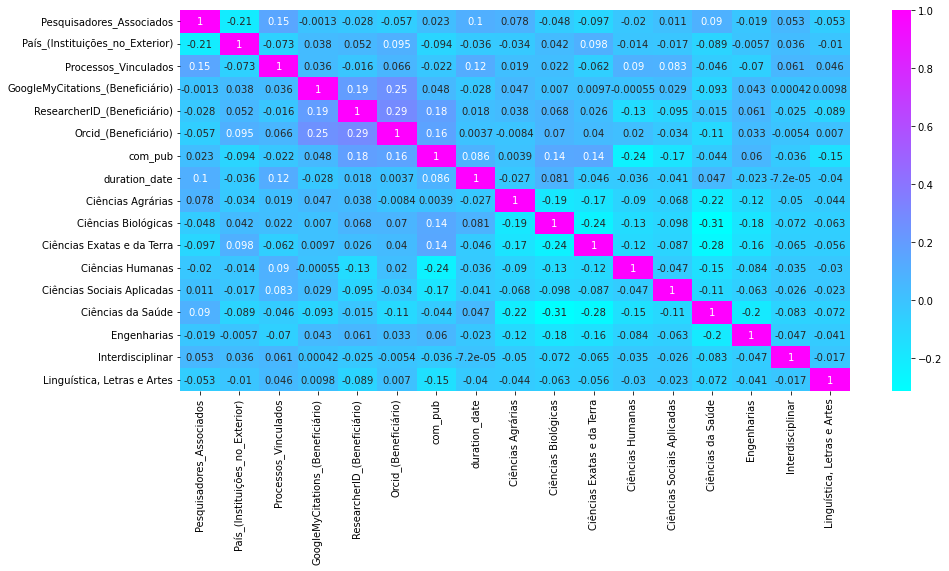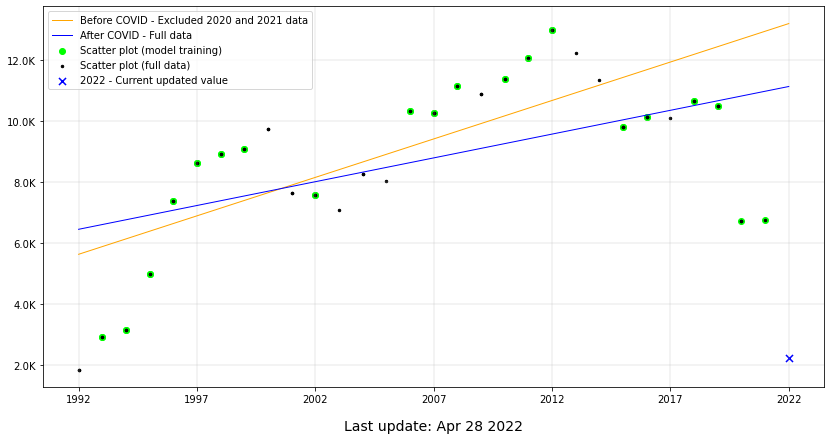Design Patterns - Observer
Design Patterns - Observer A simple Python code example to illustrate the Observer Pattern for an ETL-like scenario. The "Extract Microservice" observes changes in a data source and notifies its registered observers (data extractors) to perform data extraction. We'll use a basic Publisher-Subscriber pattern to demonstrate the concept of the Observer Pattern. Observer interface class Observer: def update(self, data): pass Extract Microservice (Subject) class ExtractMicroservice: def __init__(self): self.observers = [] def register_observer(self, observer): self.observers.append(observer) def unregister_observer(self, observer): self.observers.remove(observer) def notify_observers(self, data): for observer in self.observers: observer.update(data) def start_extraction(self): # Simulate data extraction process data = ["Data 1", "Data 2", "Data 3",...


